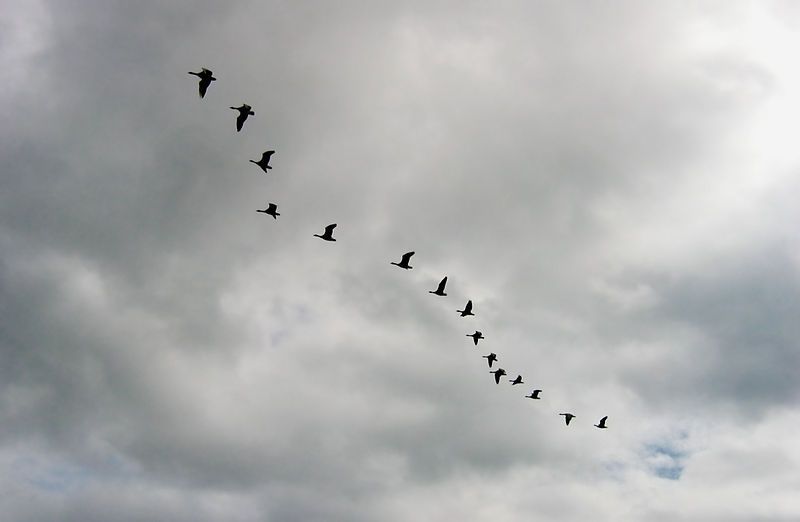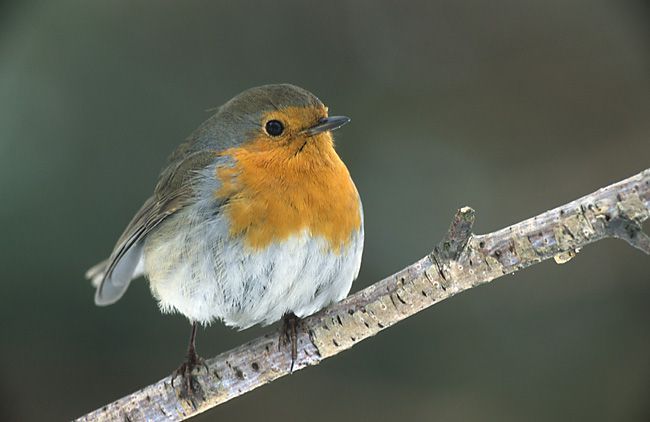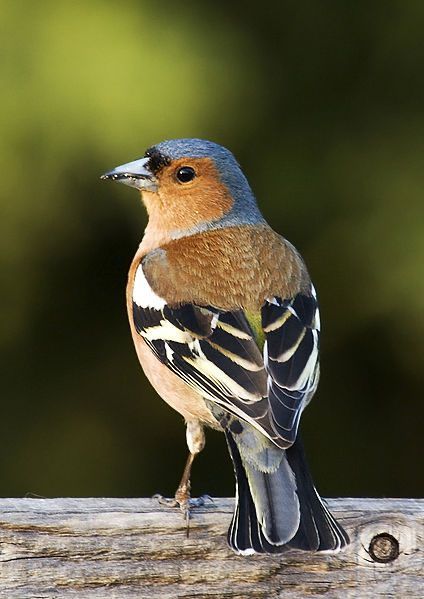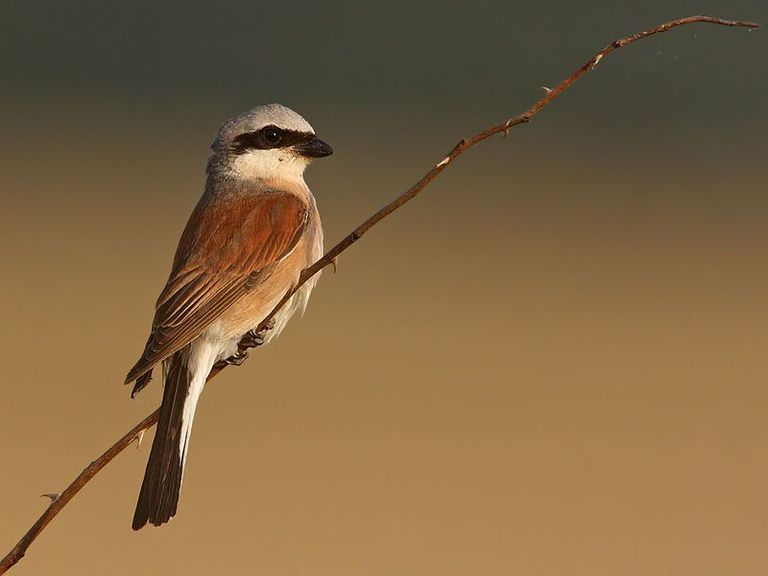Migratory Birds
Traveling is innate to migratory birds. They know when to set off and how far they have to fly in which direction to reach their winter quarters. They have an innate direction of migration, which they maintain with the help of stars, the sun and the earth's magnetic field. Only with a few species do the young animals follow their parents or more experienced members of their specie. For their first journey the young animals set off into unknown territory.

Especially on long-distance flights, the animals like to follow distinctive geographical guidelines, such as rivers, mountain ranges and coasts. Inexperienced young birds, that are not accompanied by older animals, simply fly a genetically predetermined period of time in a genetically predetermined direction during their first migration. Experienced birds, on the other hand, aim for favorable resting places on their journey.
Partial Migrant Birds
Some of the central European birds are partial migrants. This means that a part of the population migrates south in winter, while the other part stays in place. It even happens that within the same brood a part of the siblings are migratory birds and the other part are resident birds. In that case the parents have passed on different genetic material to the young.
During a harsh winter the migrating conspecifics have an advantage, while many resident birds don’t survive. However, when the winter is mild, the resident birds have a higher chance of surviving and occupying the best territories before the migratory birds return.
Typical partial migrants are the blackbird, the blackcap, the robin or the chaffinch.




